Home>Home Appliances>Laundry Appliances>How To Drain A GE Washing Machine
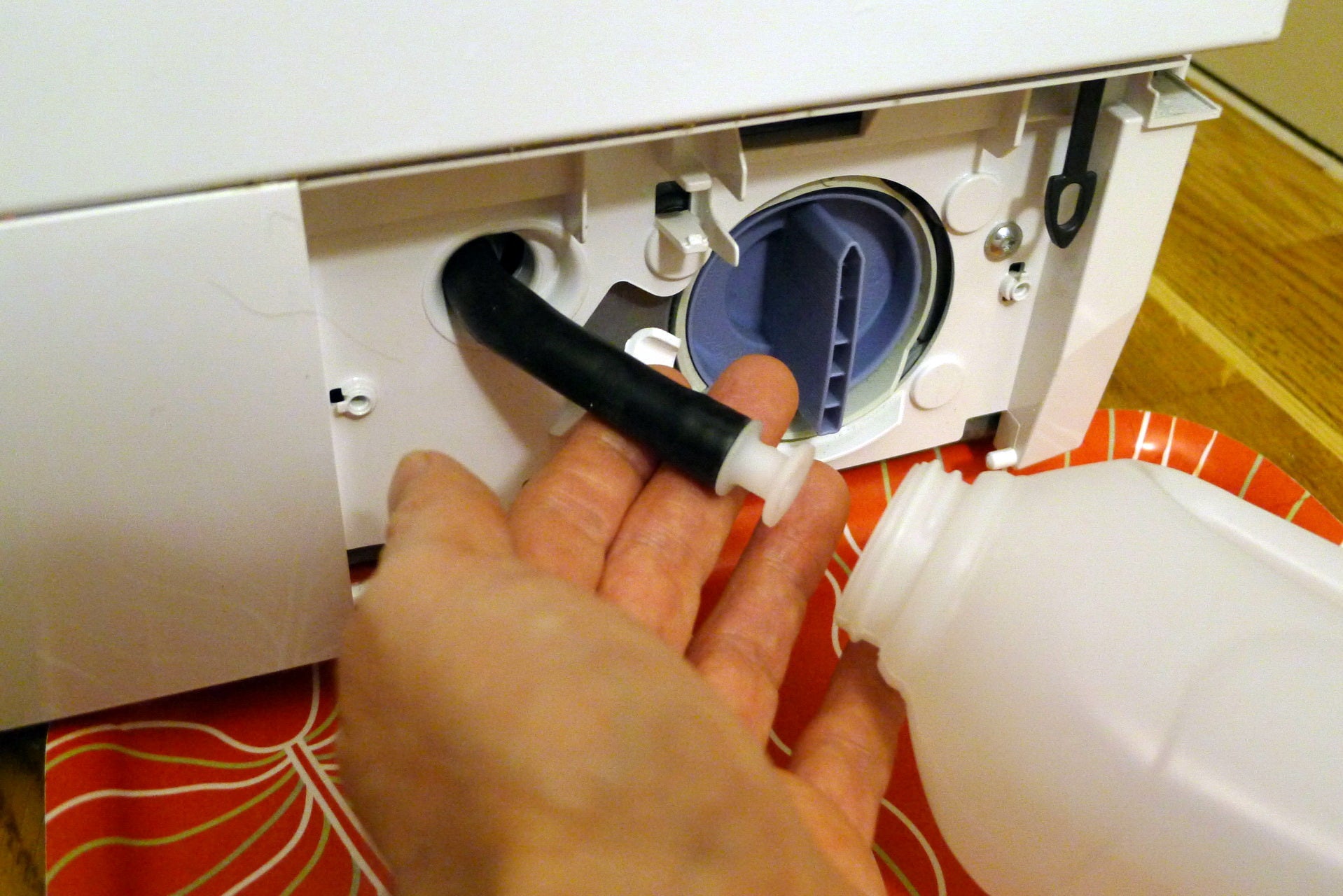

Laundry Appliances
How To Drain A GE Washing Machine
Modified: March 2, 2024
Learn how to properly drain your GE washing machine to keep your laundry appliances in top condition. Follow our step-by-step guide for easy maintenance.
(Many of the links in this article redirect to a specific reviewed product. Your purchase of these products through affiliate links helps to generate commission for Storables.com, at no extra cost. Learn more)
Introduction
Draining a GE washing machine is a fundamental maintenance task that ensures the appliance continues to function efficiently. Over time, debris, lint, and other foreign objects can accumulate in the washing machine's drain pump filter, leading to drainage issues and potential damage to the machine. By learning how to properly drain a GE washing machine and clean the drain pump filter, you can prevent clogs, maintain optimal performance, and extend the lifespan of your appliance.
Regular maintenance of your washing machine is essential to avoid costly repairs and inconvenient breakdowns. By understanding the process of draining the washing machine and cleaning the drain pump filter, you can take proactive steps to keep your GE washing machine in top condition. This article will guide you through the necessary steps and provide valuable insights to ensure that your washing machine continues to operate smoothly.
Proper maintenance not only enhances the longevity of your washing machine but also contributes to the cleanliness and freshness of your laundry. By addressing drainage issues and cleaning the drain pump filter, you can uphold the quality of your laundry and avoid potential odors caused by stagnant water or trapped debris within the machine.
In the following sections, we will delve into the tools and materials needed, the preparation steps, the process of draining the washing machine, and the crucial task of cleaning the drain pump filter. Additionally, we will cover final checks and tips to help you maintain your GE washing machine with confidence and ease. Let's embark on this journey to ensure the optimal performance and longevity of your GE washing machine.
Key Takeaways:
- Regularly draining and cleaning the drain pump filter of your GE washing machine prevents clogs, maintains performance, and extends its lifespan. It also keeps your laundry clean and fresh, avoiding odors.
- Gather the necessary tools and materials, follow safety precautions, and allocate sufficient time for draining and cleaning your GE washing machine. Regular maintenance and proper preparation ensure optimal performance.
Read more: How To Drain Washer
Tools and Materials Needed
When it comes to draining a GE washing machine and cleaning the drain pump filter, having the right tools and materials at your disposal is crucial. Here's a comprehensive list of what you'll need to successfully perform these maintenance tasks:
Tools:
- Screwdriver: A Phillips or flat-head screwdriver may be required to access the washing machine's components for draining and cleaning.
- Pliers: These may be needed to remove any stubborn debris or foreign objects from the drain pump filter.
- Bucket or Towels: To catch any excess water that may be released during the draining process, a bucket or towels will come in handy.
- Cleaning Brush: A small brush or old toothbrush can be used to clean the drain pump filter effectively.
- Gloves: It's advisable to wear gloves to protect your hands from any dirt or debris that may be encountered during the cleaning process.
Materials:
- White Vinegar: This natural cleaning agent can be used to sanitize and deodorize the washing machine.
- Lint-Free Cloth: To wipe down and clean the exterior of the washing machine after the maintenance tasks are completed.
- Replacement Parts (if necessary): In case the drain pump filter or any other components need to be replaced, having the replacement parts on hand will save time and ensure a smooth maintenance process.
By ensuring that you have these tools and materials readily available, you can proceed with confidence when it's time to drain your GE washing machine and clean the drain pump filter. Proper preparation will streamline the maintenance process and help you maintain the optimal performance of your washing machine.
Preparation Steps
Before initiating the process of draining your GE washing machine and cleaning the drain pump filter, it's essential to undertake thorough preparation to ensure a smooth and efficient maintenance procedure. By following these preparation steps, you can set the stage for a successful maintenance session and safeguard the optimal functioning of your washing machine.
-
Safety First: Begin by ensuring the safety of the environment in which you'll be working. Unplug the washing machine from the power source to eliminate the risk of electrical shock during the maintenance process. Additionally, consider placing towels or a bucket beneath the machine to catch any water that may be released during the draining and cleaning procedures.
-
Gather the Necessary Tools and Materials: As outlined in the previous section, gather all the required tools and materials, including a screwdriver, pliers, bucket or towels, cleaning brush, gloves, white vinegar, lint-free cloth, and any replacement parts that may be needed. Having these items within reach will streamline the maintenance process and ensure that you can address any issues that arise promptly.
-
Access the Drain Pump Filter Location: Familiarize yourself with the location of the drain pump filter on your GE washing machine. This information can typically be found in the appliance's user manual or through online resources. By knowing the exact location of the drain pump filter, you can proceed with confidence when it's time to access and clean this crucial component.
-
Review the User Manual: Take a moment to review the user manual for your GE washing machine. The manual provides valuable insights into the specific maintenance requirements and procedures for your appliance. It may also contain manufacturer-recommended tips for draining the washing machine and cleaning the drain pump filter. By consulting the user manual, you can ensure that you're following the manufacturer's guidelines and recommendations.
-
Allocate Sufficient Time: Set aside ample time to complete the maintenance tasks without rushing. By allowing yourself sufficient time, you can focus on the details of draining the washing machine and cleaning the drain pump filter thoroughly. Rushing through the process may lead to oversights or incomplete maintenance, so it's important to allocate the necessary time for these essential tasks.
By diligently adhering to these preparation steps, you can lay the groundwork for a successful maintenance session and ensure that your GE washing machine receives the care and attention it deserves. Proper preparation sets the stage for a seamless maintenance process and contributes to the long-term performance and reliability of your washing machine.
Read more: How To Vent Washer Drain
Draining the Washing Machine
Draining the washing machine is a crucial maintenance task that helps prevent drainage issues and ensures the optimal performance of your GE appliance. By following the steps outlined below, you can effectively drain the washing machine and address any potential drainage concerns.
-
Locate the Drain Hose: Begin by locating the drain hose of your GE washing machine. This hose is typically found at the back of the machine and is responsible for carrying the wastewater out of the appliance during the draining process.
-
Position the Drain Hose: Once you've located the drain hose, ensure that it is positioned correctly. The drain hose should be securely connected to the drainage system in your home. It's important to verify that the hose is not kinked or obstructed, as this can impede the proper drainage of water from the washing machine.
-
Prepare for Draining: Place a bucket or towels beneath the washing machine to catch any water that may be released during the draining process. This precautionary measure helps prevent water from spilling onto the floor and ensures a tidy maintenance procedure.
-
Initiate the Drain Cycle: Start the washing machine's drain cycle to begin the draining process. Depending on the model of your GE washing machine, the specific steps for initiating the drain cycle may vary. Refer to the user manual for detailed instructions on how to activate the drain cycle for your appliance.
-
Monitor the Drainage: As the washing machine enters the drain cycle, observe the flow of water through the drain hose. Ensure that the water is being expelled efficiently and that there are no signs of blockages or slow drainage. If you notice any irregularities, such as slow drainage or unusual noises, it may indicate a potential issue with the drain pump or filter that requires further attention.
-
Complete the Drain Cycle: Allow the washing machine to complete the drain cycle, ensuring that all the wastewater is expelled from the appliance. Once the drain cycle is finished, you can proceed with the next crucial step: cleaning the drain pump filter.
By following these steps, you can effectively drain your GE washing machine and address any potential drainage concerns. Proper drainage is essential for the optimal performance of the appliance and contributes to the overall efficiency of the laundry process. With the washing machine successfully drained, you can proceed to the next phase of maintenance: cleaning the drain pump filter to ensure the continued reliability and functionality of your GE appliance.
Cleaning the Drain Pump Filter
Cleaning the drain pump filter is a critical maintenance task that contributes to the efficient operation of your GE washing machine. Over time, the drain pump filter can become clogged with debris, lint, and other foreign objects, leading to drainage issues and potential damage to the appliance. By following the steps outlined below, you can effectively clean the drain pump filter and ensure the continued reliability and performance of your washing machine.
-
Locate the Drain Pump Filter: The drain pump filter is typically located at the front or bottom of the washing machine. Refer to the user manual or online resources to identify the precise location of the filter for your specific GE appliance.
-
Prepare for Cleaning: Before accessing the drain pump filter, it's advisable to place a towel or bucket beneath the filter area to catch any residual water that may be released during the cleaning process. This precautionary measure helps maintain a clean and dry work environment.
-
Access the Drain Pump Filter: Using a screwdriver or the appropriate tool, carefully remove the access panel or cover to gain access to the drain pump filter. Exercise caution to avoid damaging the panel or surrounding components.
-
Remove Debris and Foreign Objects: Once the drain pump filter is exposed, visually inspect it for any accumulated debris, lint, or foreign objects. Use pliers or gloved hands to carefully remove any obstructions from the filter. It's essential to exercise care and attention during this process to prevent damage to the filter or surrounding components.
-
Clean the Filter: After removing the debris and foreign objects, use a cleaning brush or an old toothbrush to thoroughly clean the drain pump filter. Ensure that all surfaces of the filter are free from residue and buildup. If necessary, rinse the filter with water to remove stubborn debris and achieve a thorough cleaning.
-
Inspect the Filter Cavity: While the filter is removed, take a moment to inspect the cavity from which the filter was extracted. Clear any visible debris or obstructions from the cavity to ensure unimpeded water flow and optimal performance.
-
Reassemble and Test: Once the drain pump filter is clean and the surrounding area is free from debris, carefully reassemble the access panel or cover. Ensure that it is securely fastened to prevent any leaks or misalignments. After reassembly, run a brief test cycle to verify that the drain pump filter is functioning effectively and that the washing machine is draining properly.
By diligently following these steps, you can effectively clean the drain pump filter of your GE washing machine, ensuring that drainage issues are addressed and the appliance continues to operate at peak performance. Regular maintenance of the drain pump filter contributes to the longevity and reliability of your washing machine, allowing you to enjoy consistently clean and fresh laundry without the worry of drainage complications.
To drain a GE washing machine, locate the drain hose at the back of the machine and place it in a bucket or sink. Open the hose clamp and let the water drain out. If the machine is not draining properly, check for clogs in the hose or pump.
Final Checks and Tips
After draining your GE washing machine and cleaning the drain pump filter, it's essential to perform final checks and consider valuable tips to ensure that your appliance continues to operate optimally. These final steps and tips serve as a comprehensive approach to maintaining the efficiency and longevity of your washing machine.
Final Checks
-
Inspect for Leaks: After completing the maintenance tasks, carefully examine the area around the washing machine for any signs of leaks or water accumulation. Addressing leaks promptly can prevent potential water damage and ensure the safety of the appliance.
-
Verify Drainage Efficiency: Run a brief test cycle to confirm that the washing machine is draining efficiently. Observe the flow of water during the drain cycle and ensure that there are no indications of slow drainage or blockages.
-
Reconnect and Secure Components: Double-check that all components, including the drain hose and access panels, are securely reconnected and fastened. Properly securing these elements prevents potential issues and maintains the integrity of the appliance.
Read more: How To Drain A Maytag Washer
Tips for Ongoing Maintenance
-
Regular Cleaning: Incorporate regular cleaning of the drain pump filter into your maintenance routine. By scheduling periodic cleanings, you can prevent the accumulation of debris and maintain consistent drainage performance.
-
Use High-Efficiency Detergents: Opt for high-efficiency detergents to minimize the buildup of residue and minimize the strain on the washing machine's components. These detergents are formulated to be less likely to cause buildup in the appliance.
-
Monitor Load Sizes: Avoid overloading the washing machine, as this can strain the drain pump and impede proper drainage. Adhering to recommended load sizes ensures that the appliance operates efficiently and minimizes the risk of drainage issues.
-
Professional Maintenance: Consider scheduling professional maintenance for your GE washing machine. Professional technicians can perform comprehensive inspections and address any underlying issues that may impact the appliance's performance.
By conducting these final checks and implementing these valuable tips, you can proactively maintain the optimal performance and functionality of your GE washing machine. Consistent attention to maintenance and adherence to best practices contribute to the longevity of the appliance and ensure that your laundry needs are consistently met without interruptions or complications.
Frequently Asked Questions about How To Drain A GE Washing Machine
Was this page helpful?
At Storables.com, we guarantee accurate and reliable information. Our content, validated by Expert Board Contributors, is crafted following stringent Editorial Policies. We're committed to providing you with well-researched, expert-backed insights for all your informational needs.


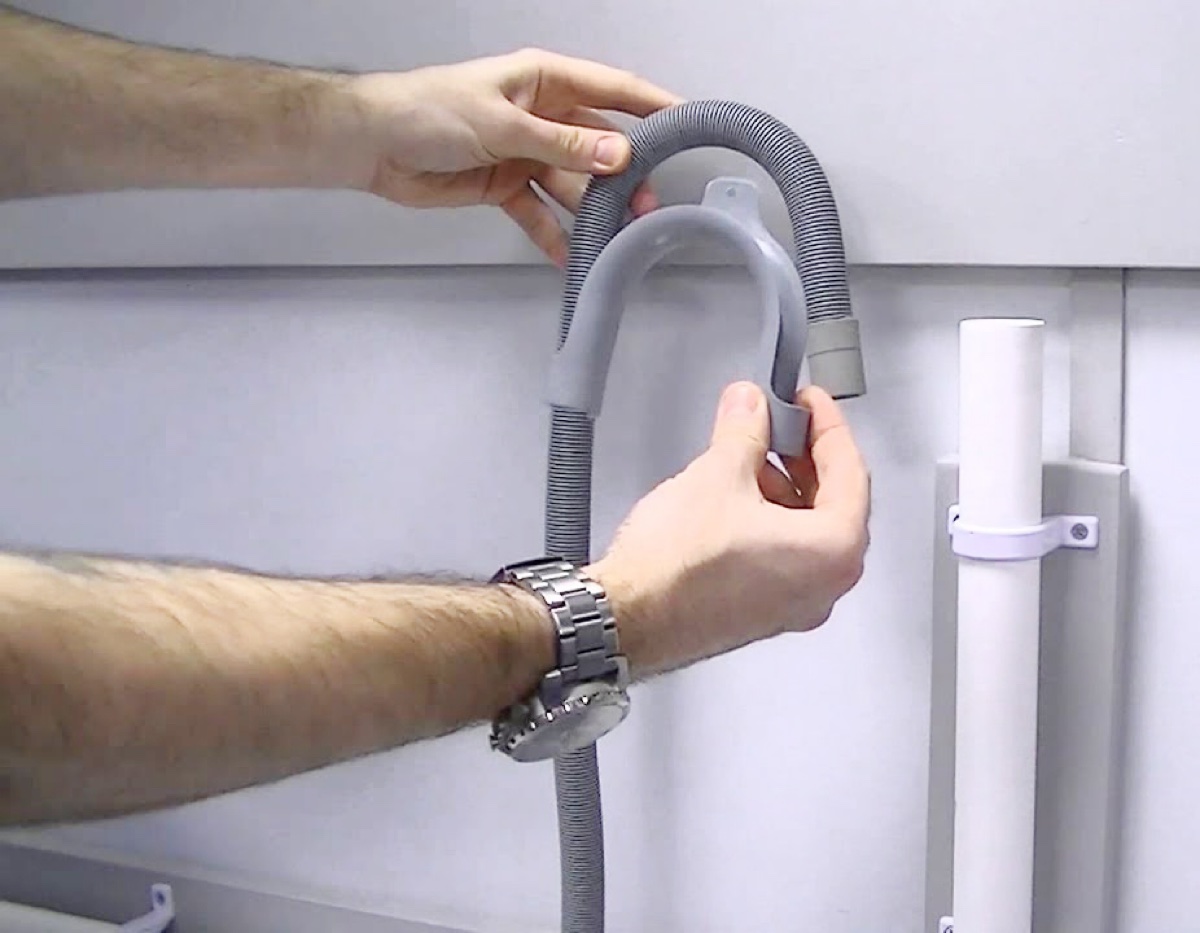
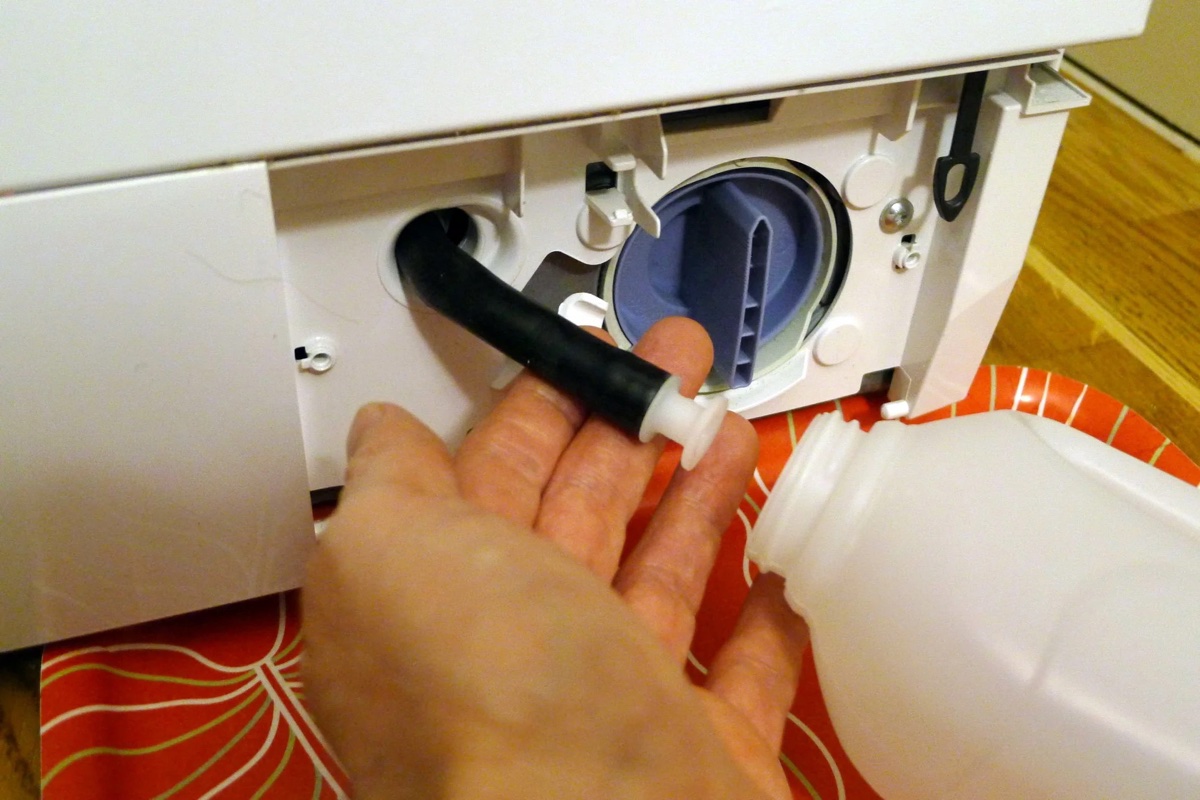
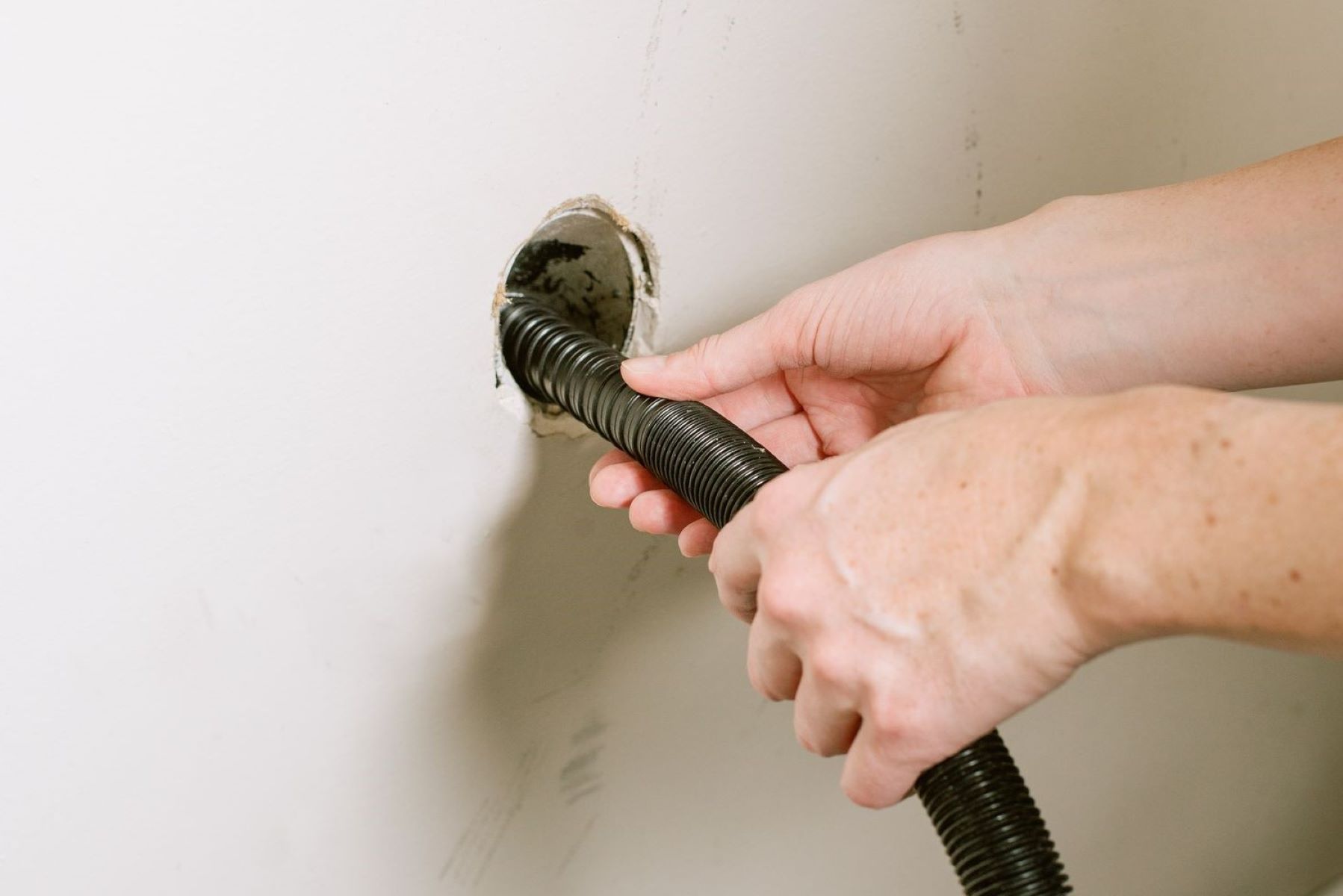

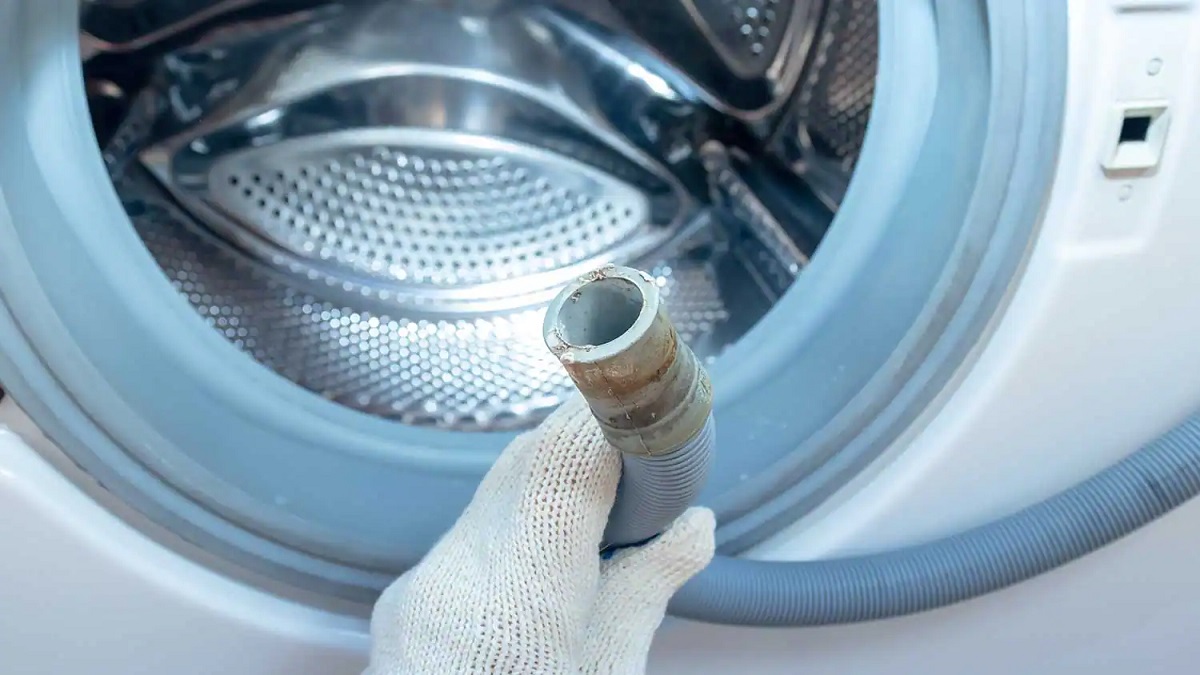
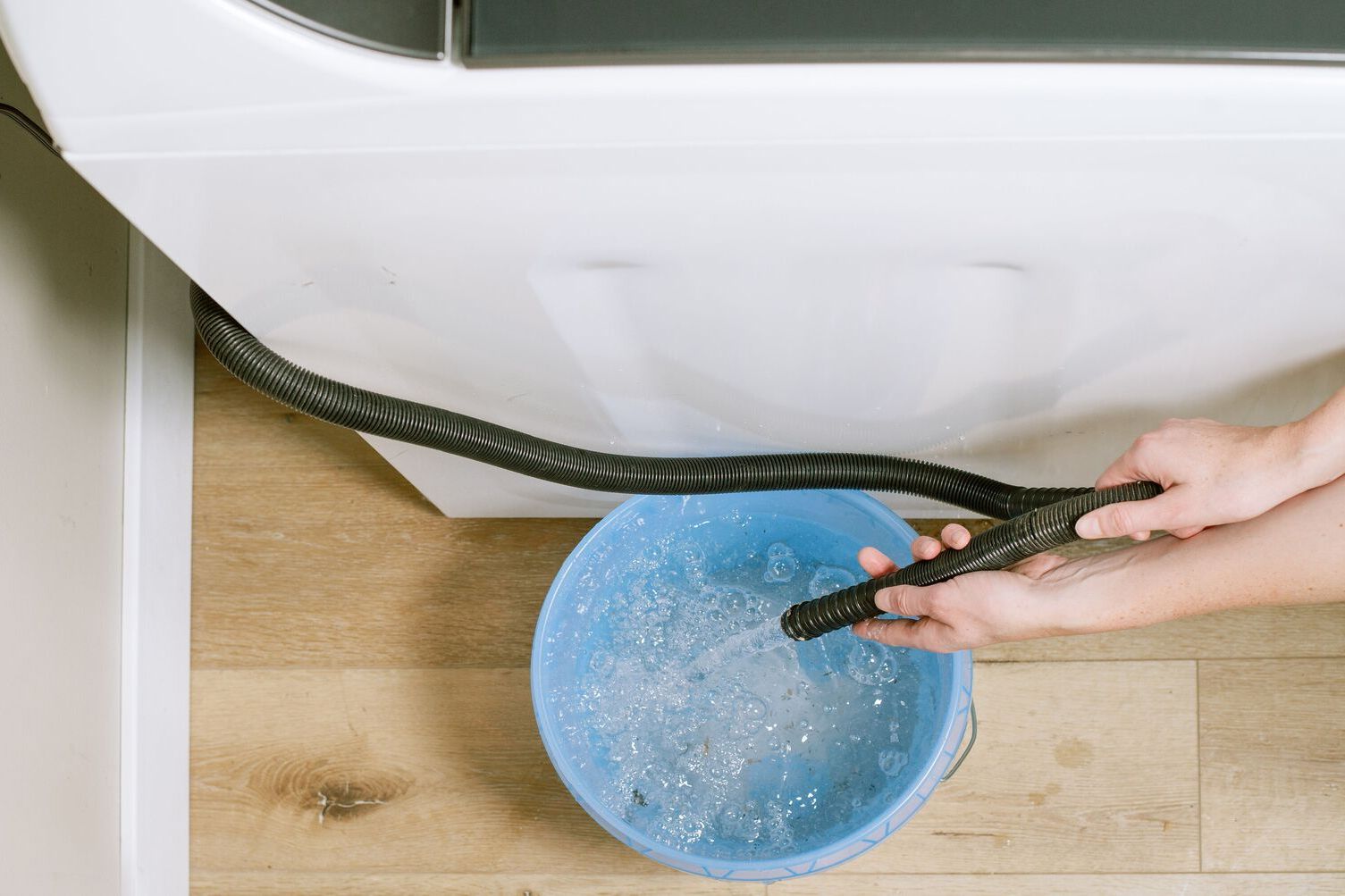
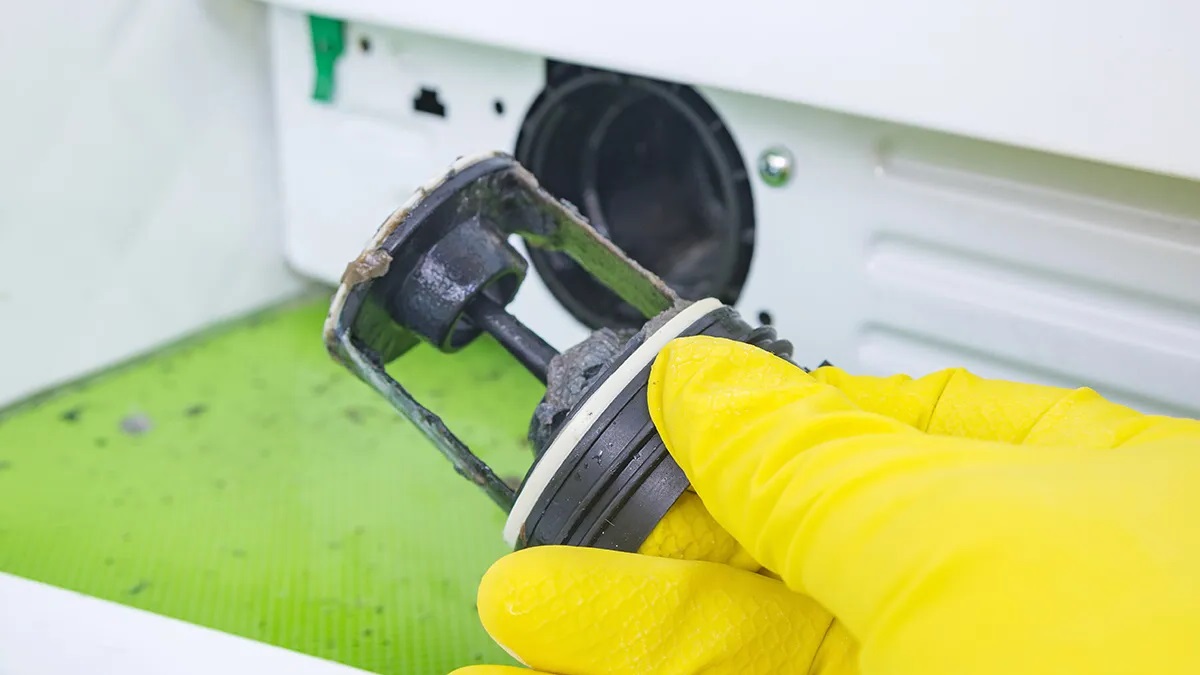
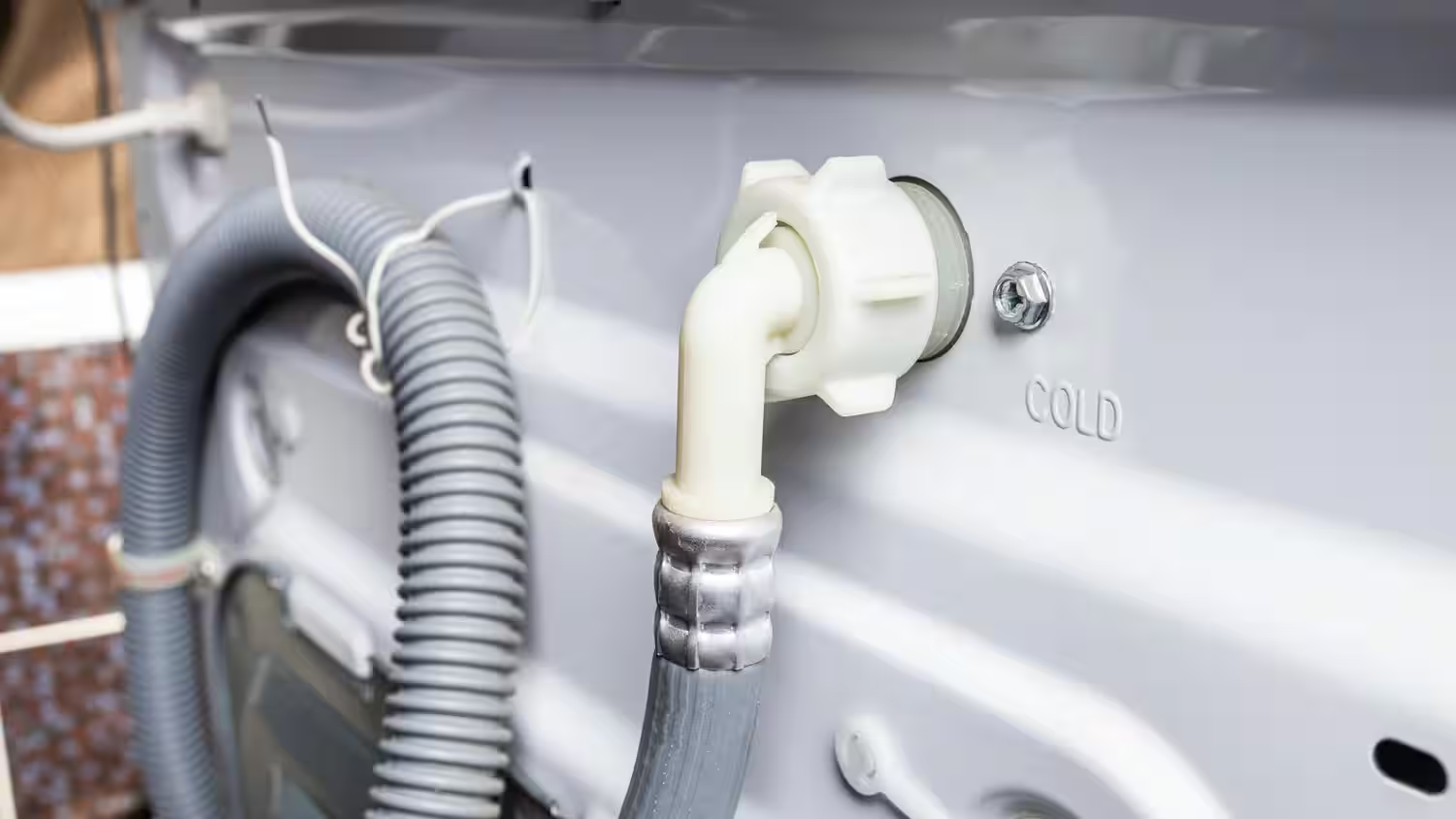
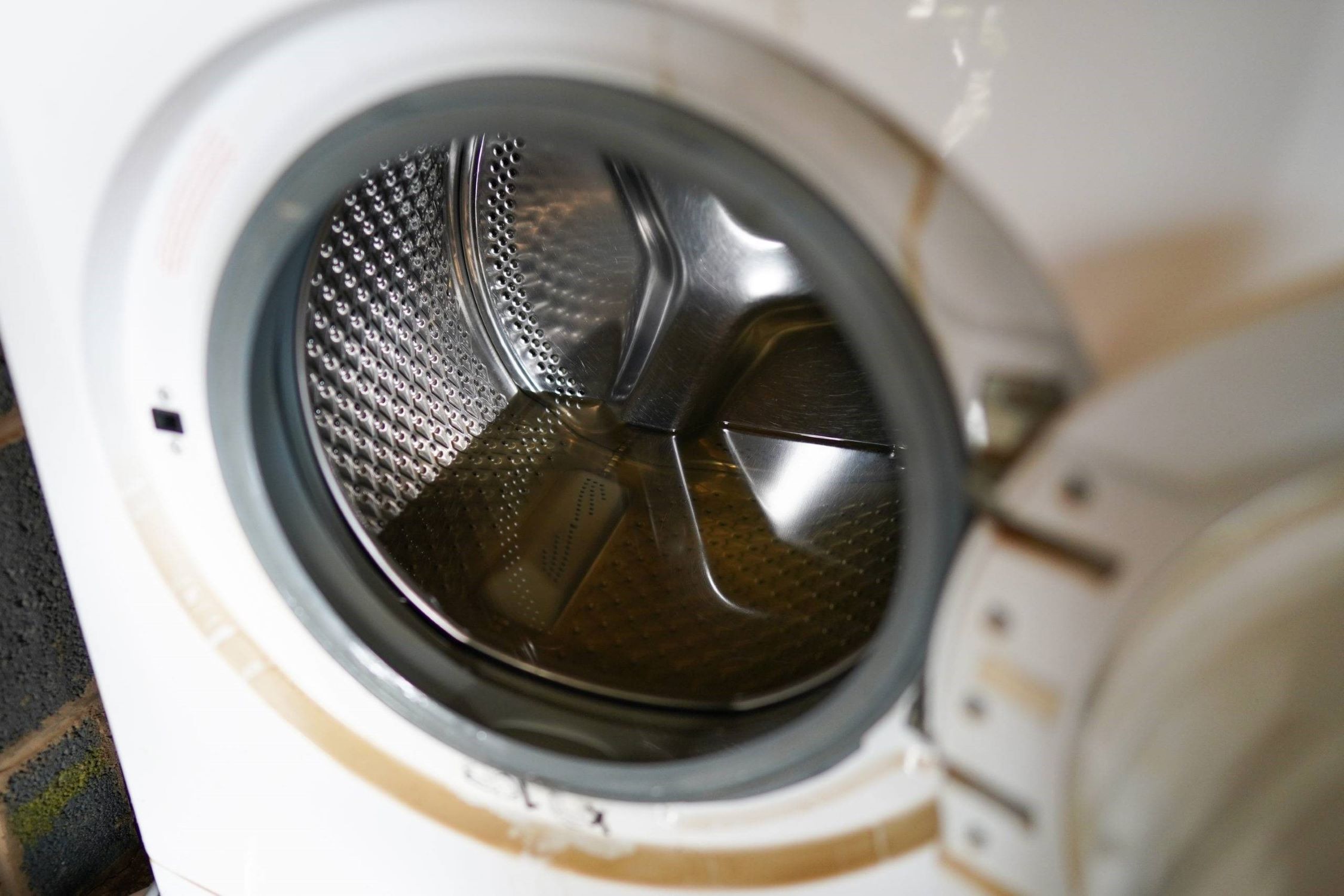
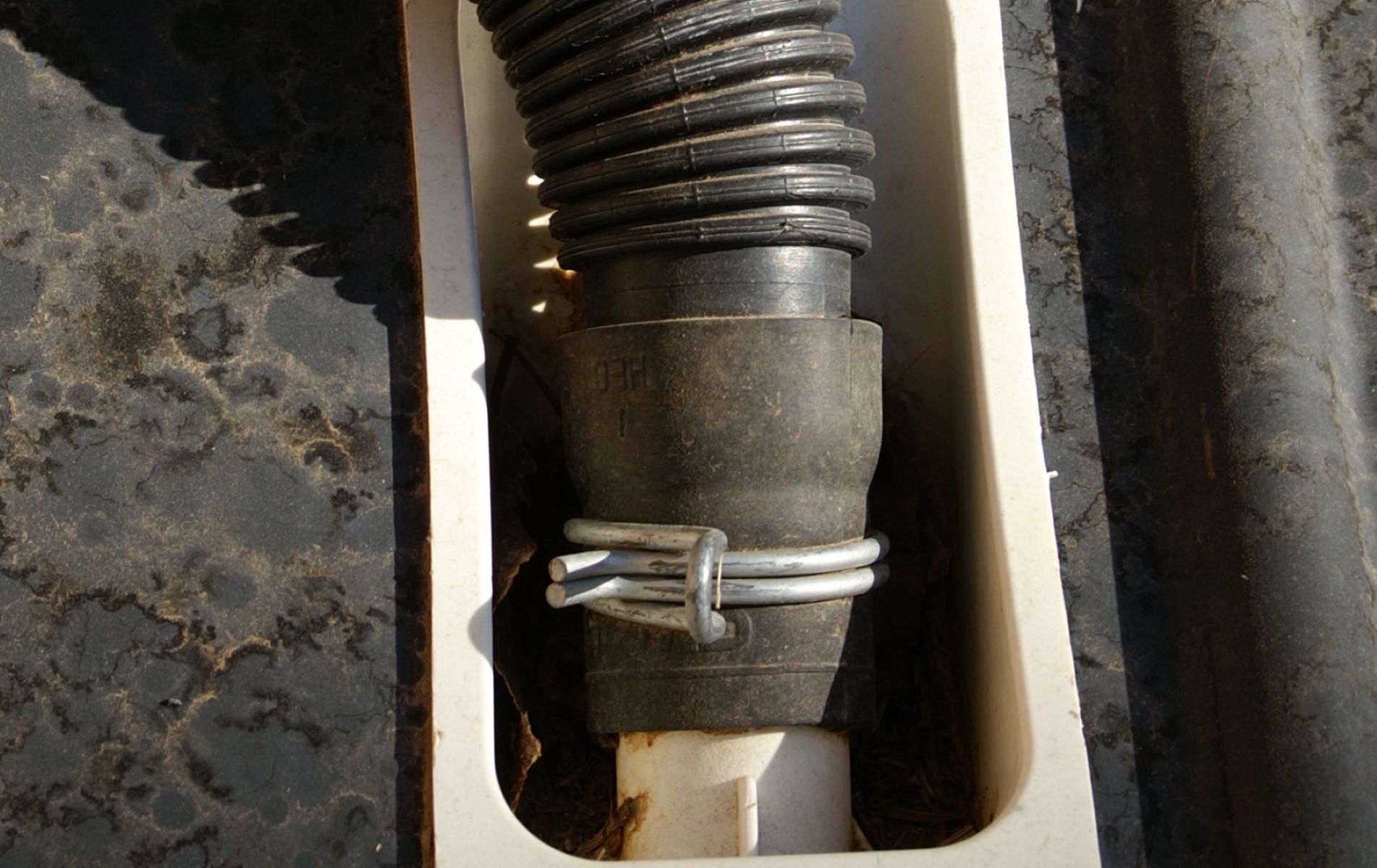
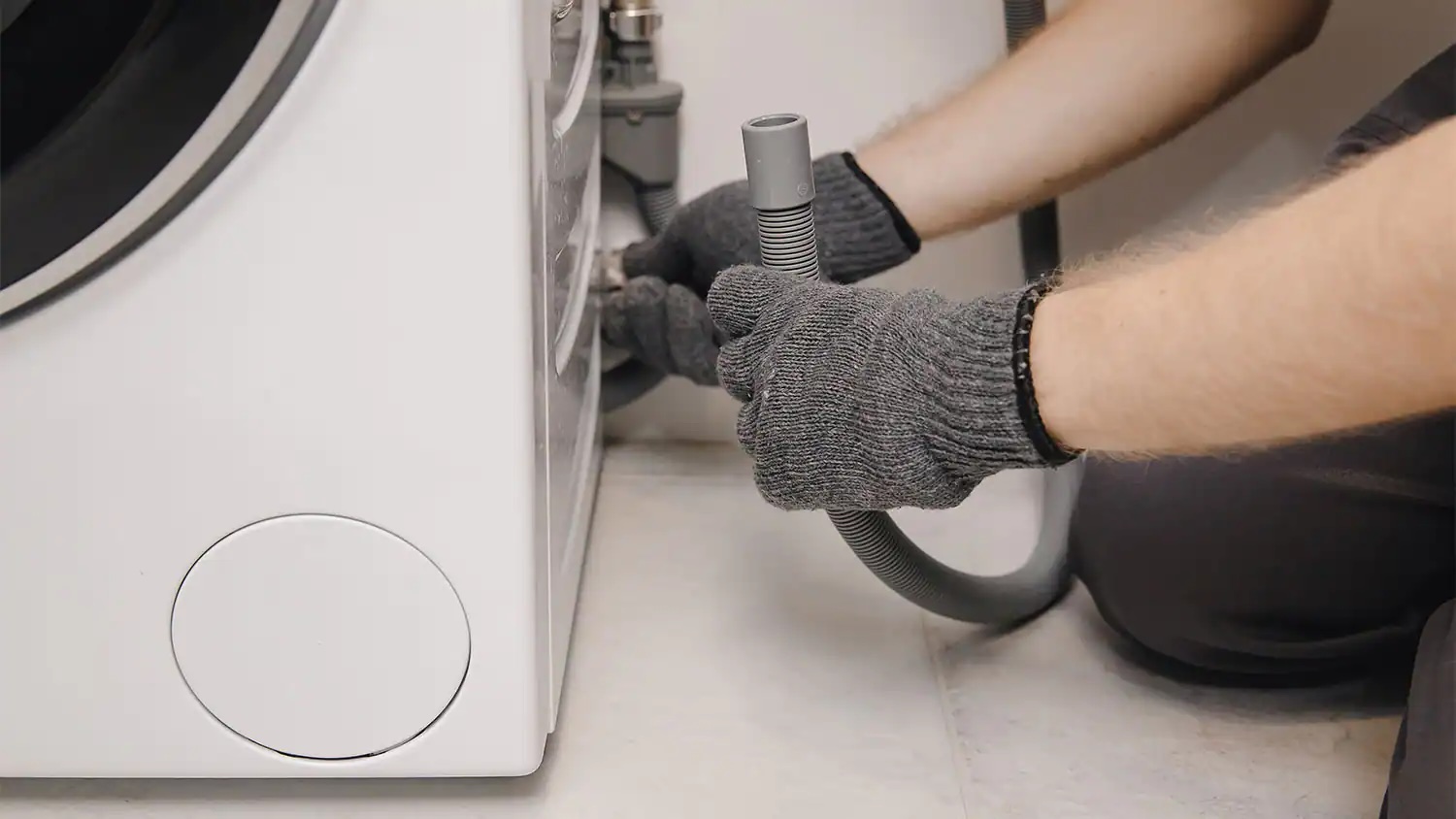

0 thoughts on “How To Drain A GE Washing Machine”